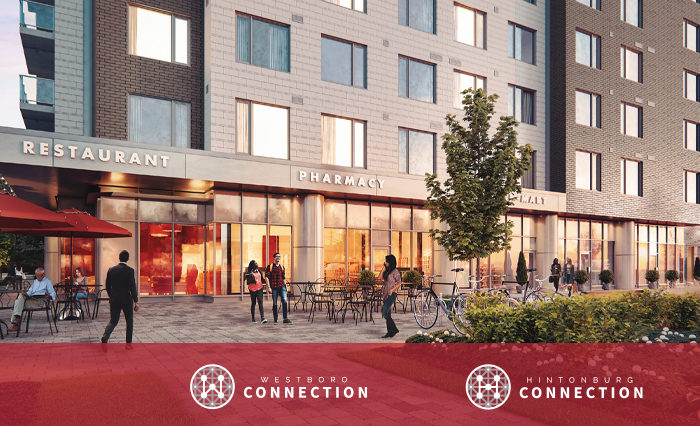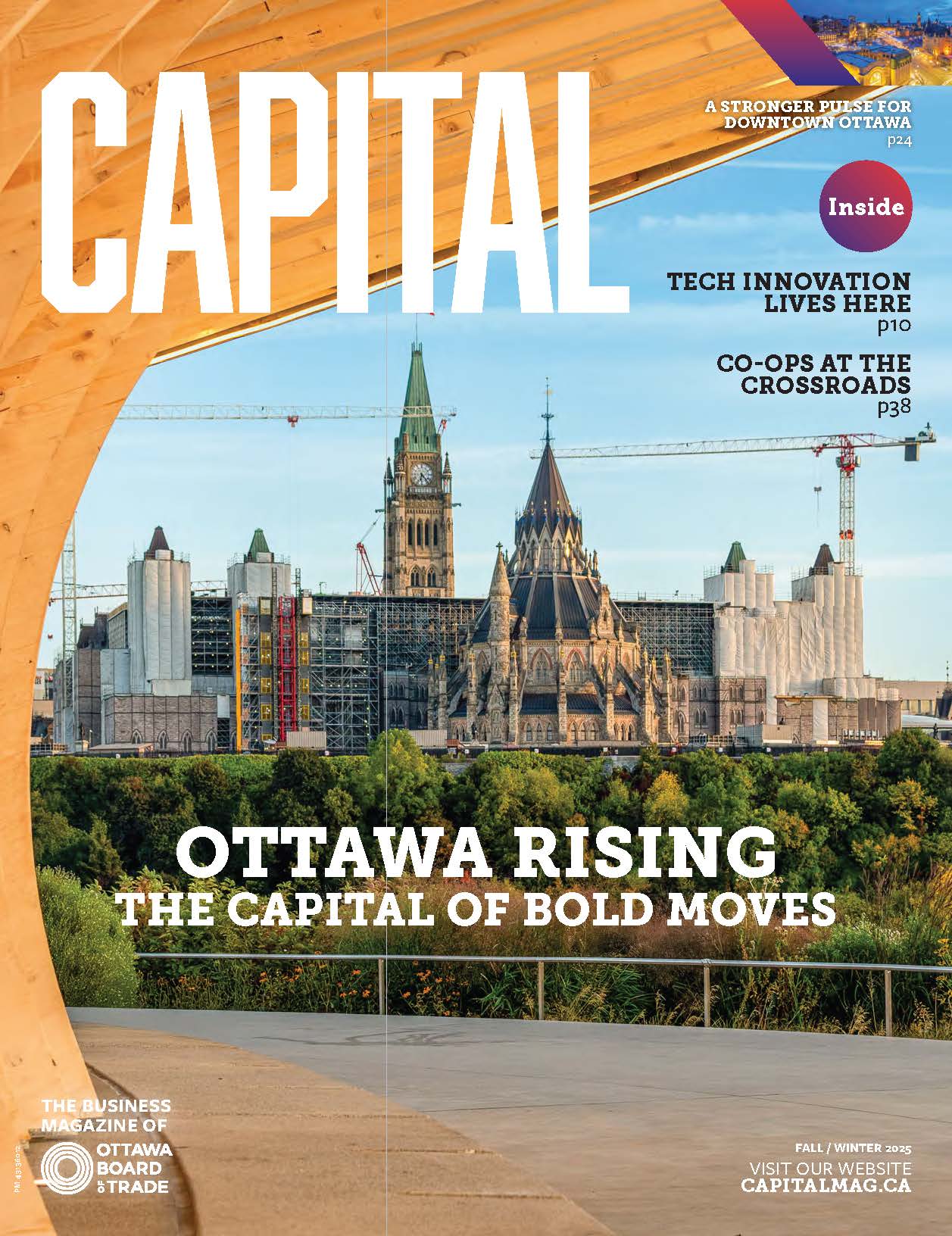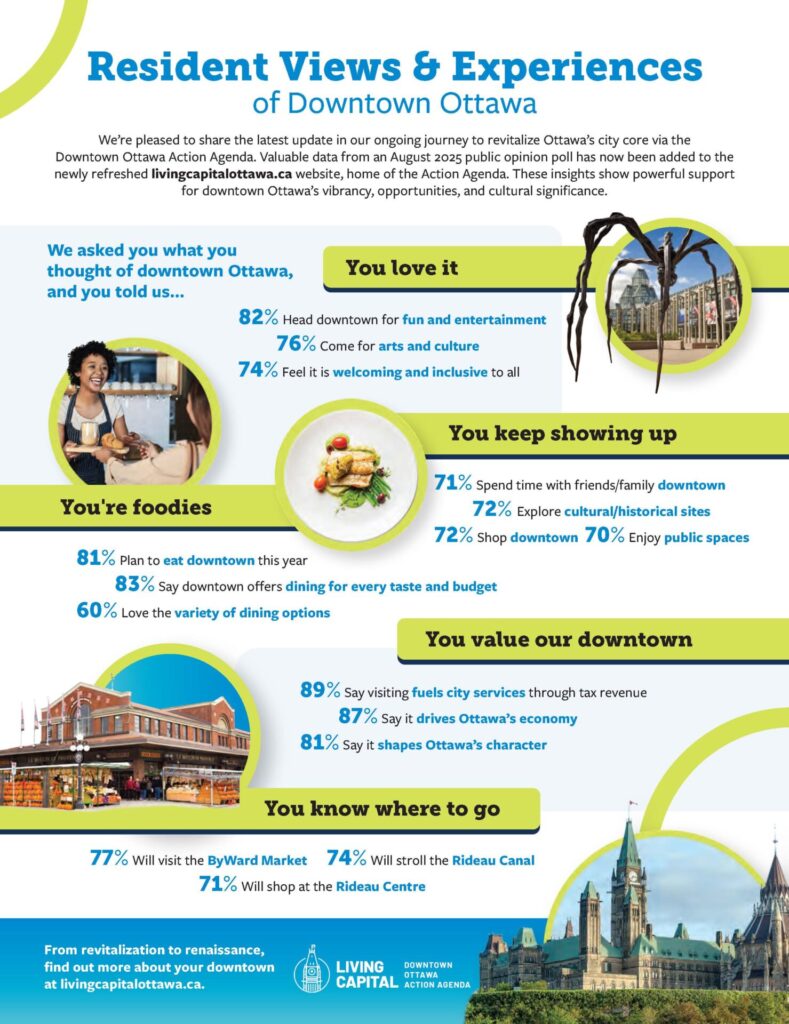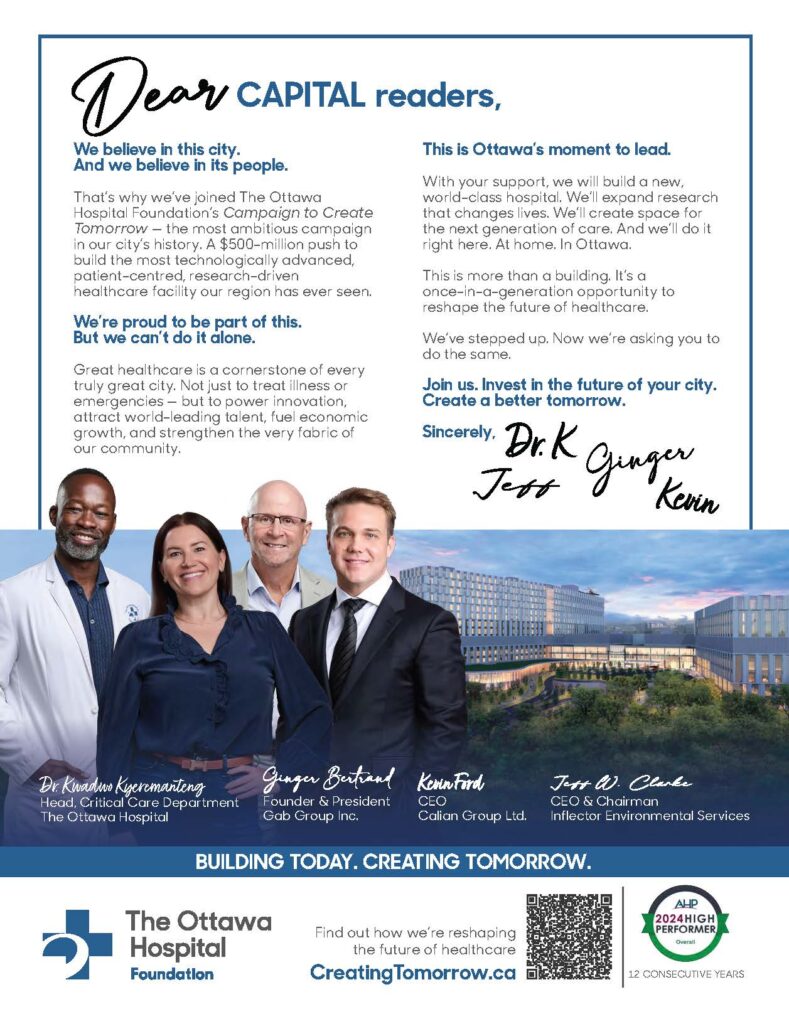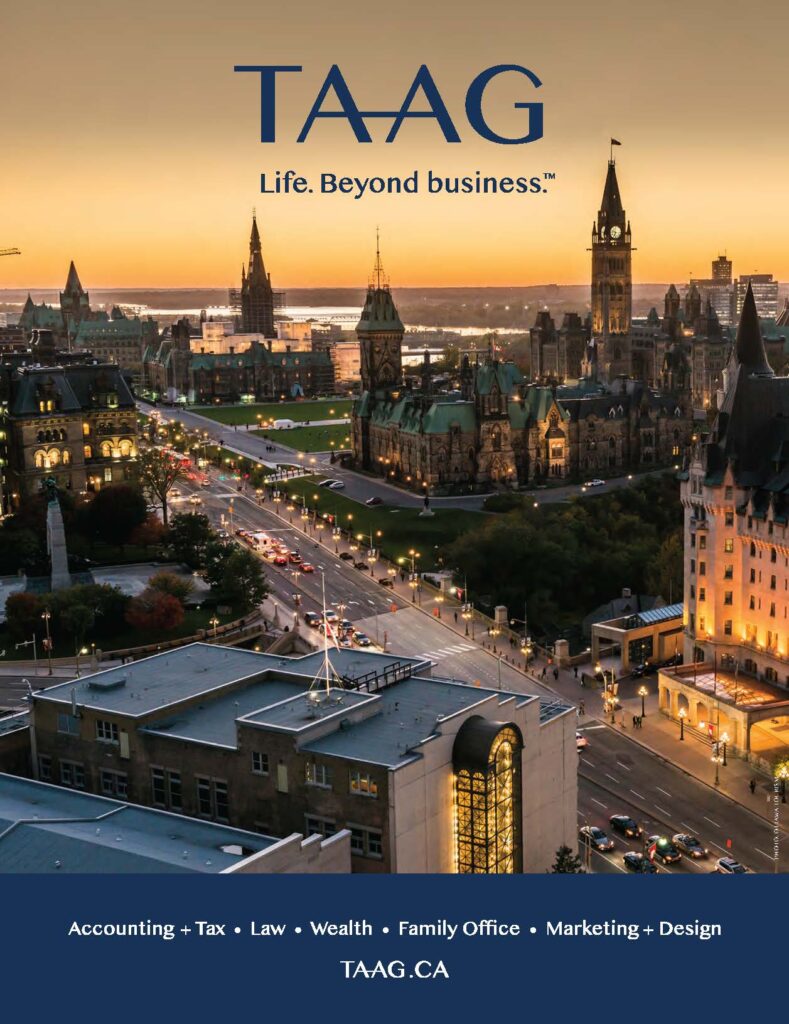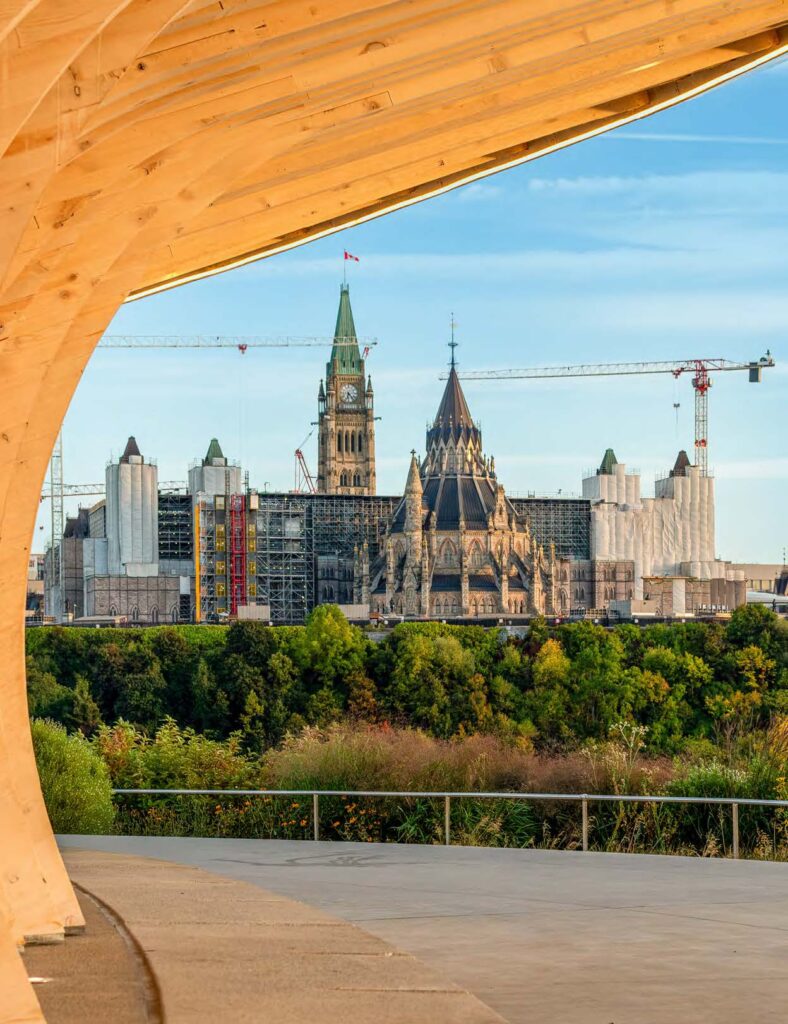Bells Corners Offers Economic Incentive to Stimulate Business Development

BY JEFF BUCKSTEIN
An ambitious five-year plan designed to stimulate business investment, urban renewal and property upgrades in Bells Corners, and lead to new commercial activity and improved employment opportunities has already begun to yield tangible results, says a senior city planning official.
The Bells Corners Community Improvement Plan (CIP) provides financial incentives for all local commercial property owners to redevelop lands and/or buildings that are currently underutilized, idle, or in need of repair or renovation. The CIP “is ideal for a neighbourhood that has needed an upgrade because the structures are perhaps somewhat tired and outdated, or are not exhibiting the highest and best use of the land,” explains Chris Cope, Economic Development Officer in the Planning, Infrastructure and Economic Development Department for the City of Ottawa.
The geographic boundaries for this plan cover most of Robertson Road, parts of Moodie Drive, and other pockets of commercial space in Bells Corners, such as on Northside Road. Many prominent Ottawa businesses, including multiple automobile dealerships and the recently re-located Kichesippi Beer Co. are already present, and the CIP will enhance the appeal of Bells Corners even further.
The mandate of Bells Corners BIA, whose mission is to champion the business success of its membership “by promoting Bells Corners as a vibrant and healthy commercial, retail, residential and entertainment district, and attracting more people to live, shop, work, and gather,” will receive a considerable boost from the CIP.
The CIP, approved by Ottawa City Council in September 2016, will expire in September 2021, unless Council decides to extend the program. About $24 million in private investment has been committed for three redevelopment projects “and I think we’re just getting started. It’s a self-financing program. It’s not costing the taxpayers anything,” Cope stresses.
“One of the reasons for making it five years and not 10 years or 20 years is to put a bit of urgency on it,” says Cope. “We want to spawn people into getting busy with some projects that they wouldn’t have done otherwise, and to say ‘let’s do them now and get it kick-started.’”
Most of the new businesses under the CIP are expected to be in the retail and service industries. One of the first applications, notes Cope, was from the new owner of a site on Robertson Road, near old Richmond Road that used to house a Local Heroes restaurant, which has been vacant for several years.
“It was purchased by a fellow who redid the whole thing, not only the façade. He structured it into a three-store strip, as opposed to a single restaurant,” says Cope, who adds that two of those units—one a KFC restaurant returning to Bells Corners after many years, and the other a motorcycle dealership called Gear Head that also sells sporting goods, have already been filled.
“It’s nice to see a vacant, decrepit building suddenly become a nice looking little building with activity going on,” he stresses.
Another renewal underway is at the corner of Moodie Drive and Fitzgerald Road. That site used to be contaminated, but a remediation has just been completed, and construction of a six storey Hampton Inn hotel is now taking place.
In another project, on Robertson Road near Fitzgerald Road, a portion of the former Beaver Lumber site will be turned into two small commercial buildings in an initiative that will feature two or three new local businesses. A lease to house one of those businesses—an air conditioning, heating and cooling company, is already in place, says Cope.
In order to stimulate investment, the CIP offers Tax Increment Equivalent Grants (TIEG) to qualifying applicants. TIEGs are based on the increase in the property’s contribution to municipal property taxes as a result of the re-development value created.
Once a new or expanded property development established under the CIP has paid its annual taxes in the new amount, post-development, the City will provide a grant to that property owner equal to 75 per cent of the increment in its municipal property tax annually for up to ten years.
“We think this is going to be a very successful program,” says Cope.
